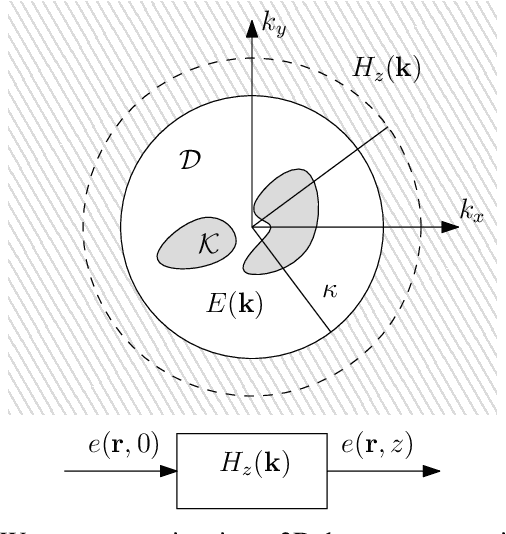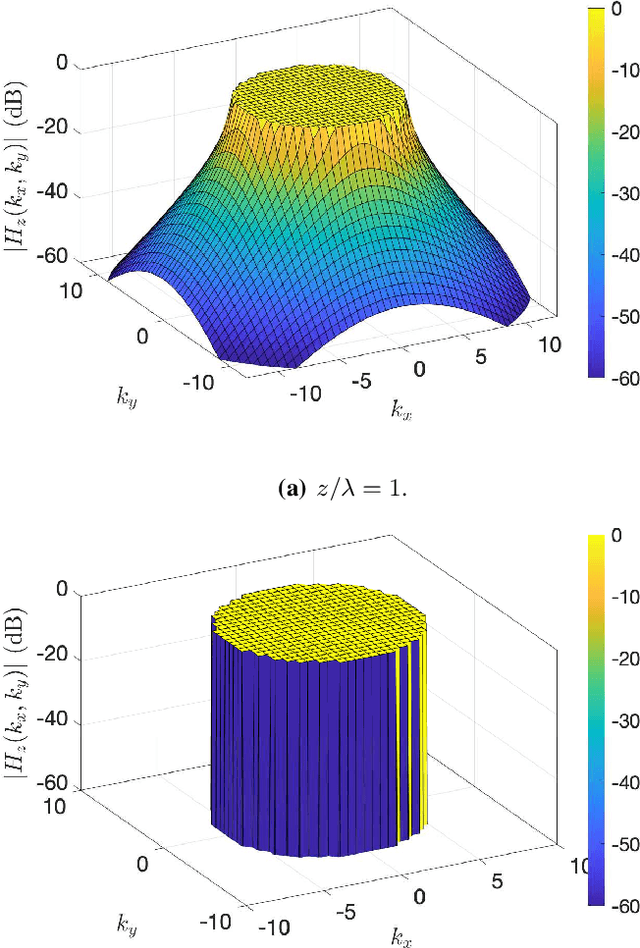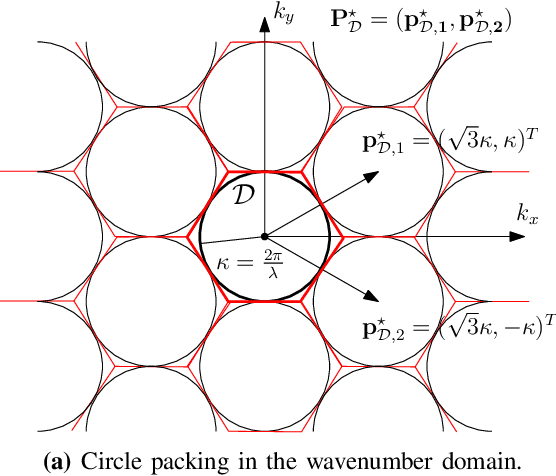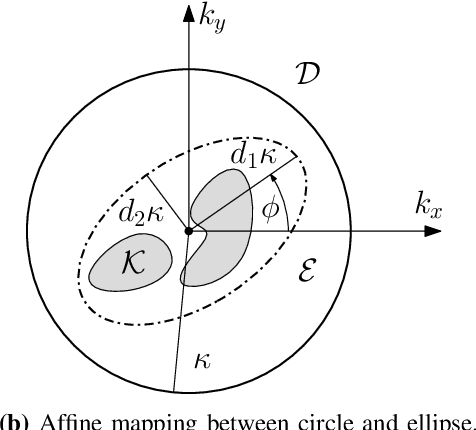Andrea de Jesus Torres
Cramér-Rao Bounds for Holographic Positioning
Nov 03, 2021



Abstract:Multiple antennas arrays play a key role in wireless networks for communications but also for localization and sensing applications. The use of large antenna arrays at high carrier frequencies (in the mmWave range) pushes towards a propagation regime in which the wavefront is no longer plane but spherical. This allows to infer the position and orientation of a transmitting source from the received signal without the need of using multiple anchor nodes, located in known positions. To understand the fundamental limits of large antenna arrays for localization, this paper combines wave propagation theory with estimation theory, and computes the Cram\'er-Rao Bound (CRB) for the estimation of the source position on the basis of the three Cartesian components of the electric field, observed over a rectangular surface area. The problem is referred to as holographic positioning and is formulated by taking into account the radiation angular pattern of the transmitting source, which is typically ignored in standard signal processing models. We assume that the source is a Hertzian dipole, and address the holographic positioning problem in both cases, that is, with and without a priori knowledge of its orientation. To simplify the analysis and gain further insights, we also consider the case in which the dipole is located on the line perpendicular to the surface center. Numerical and asymptotic results are given to quantify the CRBs, and to quantify the effect of various system parameters on the ultimate estimation accuracy. It turns out that surfaces of practical size may guarantee a centimeter-level accuracy in the mmWave bands.
Nyquist-Sampling and Degrees of Freedom of Electromagnetic Fields
Sep 21, 2021



Abstract:A signal-space approach is presented to study the Nyquist sampling and number of degrees of freedom of an electromagnetic field under arbitrary propagation conditions. Conventional signal processing tools such as the multidimensional sampling theorem and Fourier theory are used to build a linear system theoretic interpretation of electromagnetic wave propagations and revisit classical electromagnetic theory results, e.g., bandlimited property of an electromagnetic field, from a signal processing perspective. Scalar electromagnetic fields are considered for simplicity, which physically correspond to acoustic propagation in general or electromagnetic propagation under certain conditions. The developed approach is extended to study ensembles of a stationary random electromagnetic field that is representative of different propagation conditions.
 Add to Chrome
Add to Chrome Add to Firefox
Add to Firefox Add to Edge
Add to Edge